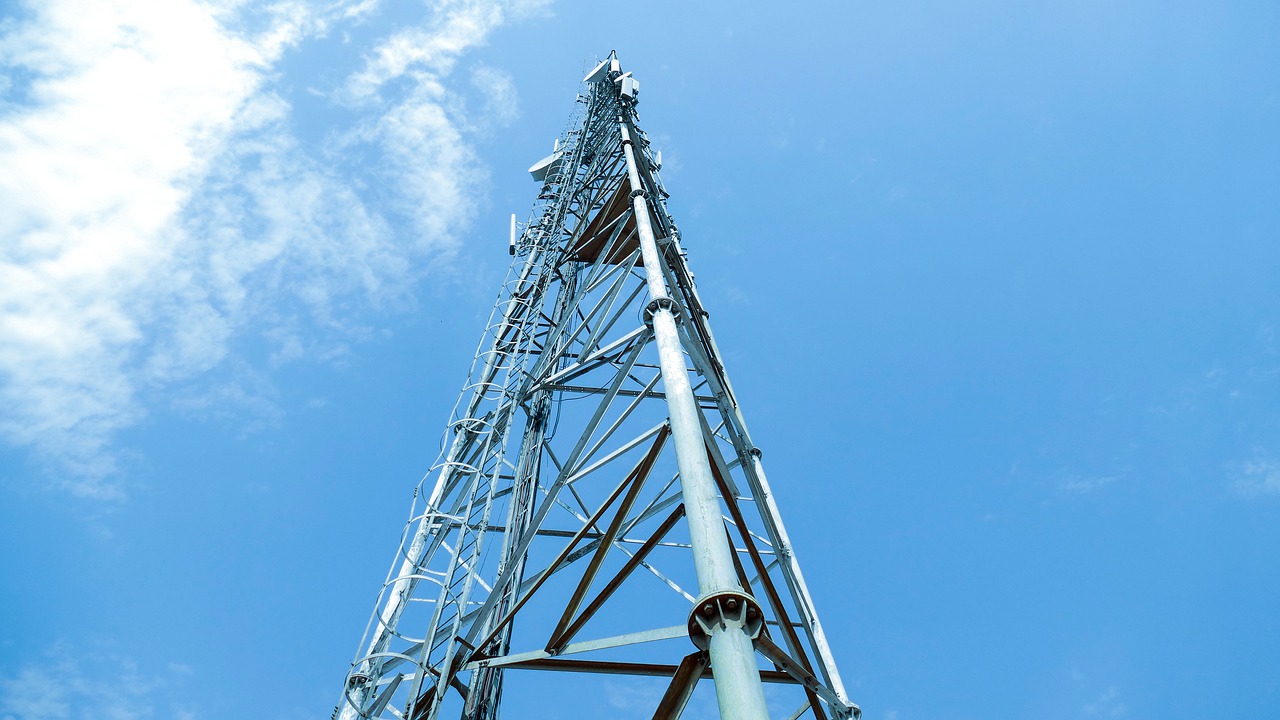If you’re in telecommunications, you may have heard of Building Information Modelling (BIM). However, do you understand how the BIM works and how essential it is to managing the complexities of modern tower infrastructure? Below, we take a look at what BIM is and how it can benefit your tower construction projects.
What is BIM?
BIM allows you to create and manage a construction project across its entire life cycle, from the earliest concepts to the final stages.
Think of BIM as a way to digitally manage every detail of whatever asset you’re building. Everything you need to know about the building is compiled and held in one place, meaning you don’t have to compare data across various unrelated sources to track how a project is progressing. Everything is available to you and your team at the touch of a button.
Challenges for telecommunications tower construction
Building, maintaining, and managing a telecommunications tower is a daunting task. The most common challenges when it comes to constructing and running a tower include:
- A lack of integration – often, there’s no sense of how all the different elements at the design stage come together
- Late identification of errors that give rise to abortive costs
- Detecting developmental and construction conflicts at an early enough stage to remedy the problem in a proportionate manner
- Managing communication and collaboration across teams
The good news is that BIM helps you overcome these challenges and more.

How BIM can help telecommunications companies
BIM is more than just a simple design tool. Here’s why.
ERROR REDUCTION
BIM helps cut down on construction errors. Clash detection lets you see possible conflicts at the conceptual level before you begin construction, and setbacks are more likely to be identified by key personnel at the earliest possible stage.
COLLABORATION TOOLS
BIM lets your teams collaborate at every stage of the construction process. Teams can coordinate planning, and stakeholders know exactly what’s going on in real time. What’s more, your teams can collaborate on multiple tower projects simultaneously through a software database.
VISUALIZATION
With BIM, you can visualize the entire build before you even lay the foundations. This lets you see what the tower will look like at the concept stage without incurring any costs if there’s a problem. Space-use simulations let you see what everything will look like so you have a clear sense of scale and whether you’re making the best use of the space available.
COST MANAGEMENT
BIM helps you reduce costs, cut back on unused materials, and improves your ROI. There’s less chance of a costly error or miscommunication that could make or break your tower’s operations. It also helps you maximize your revenue because you can reduce the time to market or host a client on the tower. What’s more, you can reduce your carbon footprint by reducing the need to perform tower inspections. BIM lets you control both financial and environmental costs.
FACILITY MANAGEMENT
With BIM you’ll have access to full logs and digital records that help you make the right decisions at the right time. It also allows you to create databases containing information on every tower you operate, and it facilitates easy static safety monitoring of each tower. At a glance, you can check in on how any tower is performing – essential if you’re running multiple towers.
ABOUT LA SIA
Operating since 2004, La SIA specializes in providing comprehensive, bespoke, 360-degree design services for its clients. The multi-disciplinary team has vast experience in telecommunications engineering and knows how to lead clients through the complete life cycle of their engineering projects. To find out more about how La SIA can help you manage and develop your towers, contact us today.



